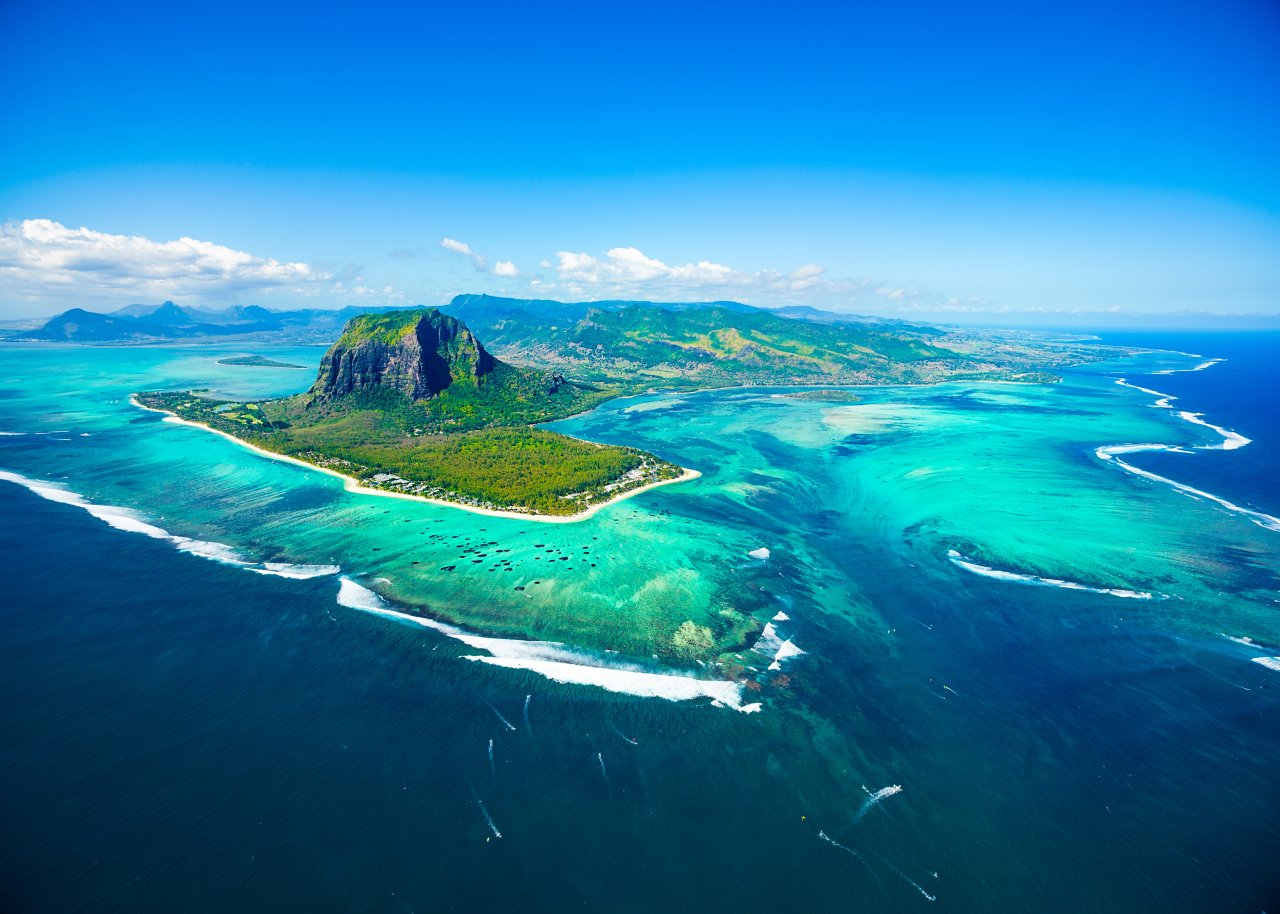When the sugarcane is fully grown, the roads of the flat lands in the north of Mauritius are like tunnels through the cane fields. With nothing to be seen except the blue sky above and the green ribbons of cane waving in the wind, it is easy to imagine that the whole of the island is one vast sugar plantation.
While the overall economy may be less reliant on sugar than it once was, it still dominates the agricultural sector with nearly 90% of agricultural land being used for sugarcane. On average 600,000 tonnes of sugar is produced annually with most of it being exported to Europe. However, the proportion of land devoted to sugarcane is in decline. Recently, some of the large sugar estates have begun to diversify, establishing so-called Integrated Resource Schemes (IRS) consisting of hotels, luxury villas and golf courses. Bel Ombre in the south and Médine in the west are two such examples.
Although sugar’s importance in the economy may be dwindling, it still plays a vital role, representing about 18% of exports and about 3% of GDP. Thanks to an increasingly competitive international environment, the industry is now facing one of its most challenging periods. There is, however, a market for the island’s delicious raw, unrefined sugar.
The number of sugar factories has also been in steady decline for some years. In the 19th century there were 250 sugar factories. Now tall, crumbling chimney stacks are all that remain of many of them – monuments to the early days of the industry that made Mauritius.
Sugarcane was introduced from Batavia (Jakarta) by the Dutch in 1639. A plaque recording the date can be seen set into a portion of stone wall standing in a palm grove on the Ferney Sugar Estate near Vieux Grand Port.
It was the French governor, Labourdonnais, who began sugar production in earnest. He set up the first sugar factory at Villebague in the centre of the island in 1744, using slave labour. By the time the British arrived in 1810 there were 10,000 acres under cultivation. The British governor, Farquhar, persuaded the settlers to expand their cane cultivation because of the crop’s ability to withstand cyclones.
It was not until the abolition of duties on Mauritius-grown sugar in 1825, which allowed it to be imported into Britain on the same terms as sugar from the Caribbean, that the industry really began to thrive.
The early sugar mills relied on slaves and oxen to turn the rollers to crush the cane. The juice was extracted and collected in cauldrons where foreign matter was skimmed off. Then it was boiled, using the bagasse (crushed cane) as fuel, and the syrup was cooled until it crystallised into sugar. A copy of an early sugar mill showing how sugar was produced in 1770 can be seen in action at Domaine les Pailles.
Animal-driven mills were gradually replaced by machinery, with the last one closing in 1853. From 1864, railway lines opened to transport sugarcane. The main railway system operated until 1964, when it was closed down as being uneconomic, since its use for profitable freight was confined to the crop season. One of the few remaining locomotives used to haul the sugarcane trolleys rests in splendour on public display in the unusual setting of La Vanille Réserve des Mascareignes .
Owing to the island’s volcanic beginnings, which caused the soil to be strewn with boulders and stones, every inch of the land used for cane growing has had to be cleared by hand. The gaunt piles of rock in the midst of the cane fields are a forceful reminder of the toil of the men and women who worked in the blisteringly hot sun to clean these patches in the volcanic blanket.
The stony nature of the soil still restricts mechanical harvesting, although tractors and forklifts are used to transport the cut cane for processing.
New cane is planted in cycles to be harvested after 14 to 18 months. The ratoons (shoots) appear from the second year onward. They are harvested every 12 months during the June to December cropping period.
When cane is cut, it is transported as soon as possible to the nearest factory where it is bulk fed into mechanical crushers. A constant supply of cane is needed to maintain production, so the pace is frenetic. The factories are self-powered, as they were in the 19th century, only now it is more scientific. The bagasse is used to produce electricity, not only for the factories but to augment the national supply.
The factories that remain have become ultra-efficient in sugar production and highly adaptable. They are also required to cultivate other crops, such as potatoes and tomatoes, which are planted between the rows of cane. Some estates have branched out into growing flowers, particularly the red, wax-like anthuriums (Anthurium andraeanum) for export, and into pineapple and watercress cultivation, hotel development and other projects.
The history of the sugar industry and the processes of sugar production are brilliantly explained at L’Aventure du Sucre, a museum housed in the former Beau Plan sugar factory near Pamplemousses.















